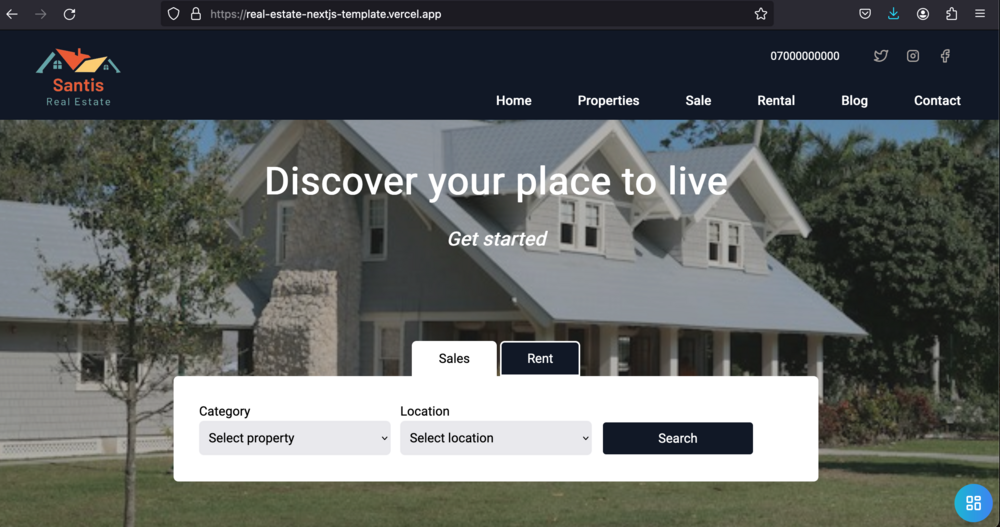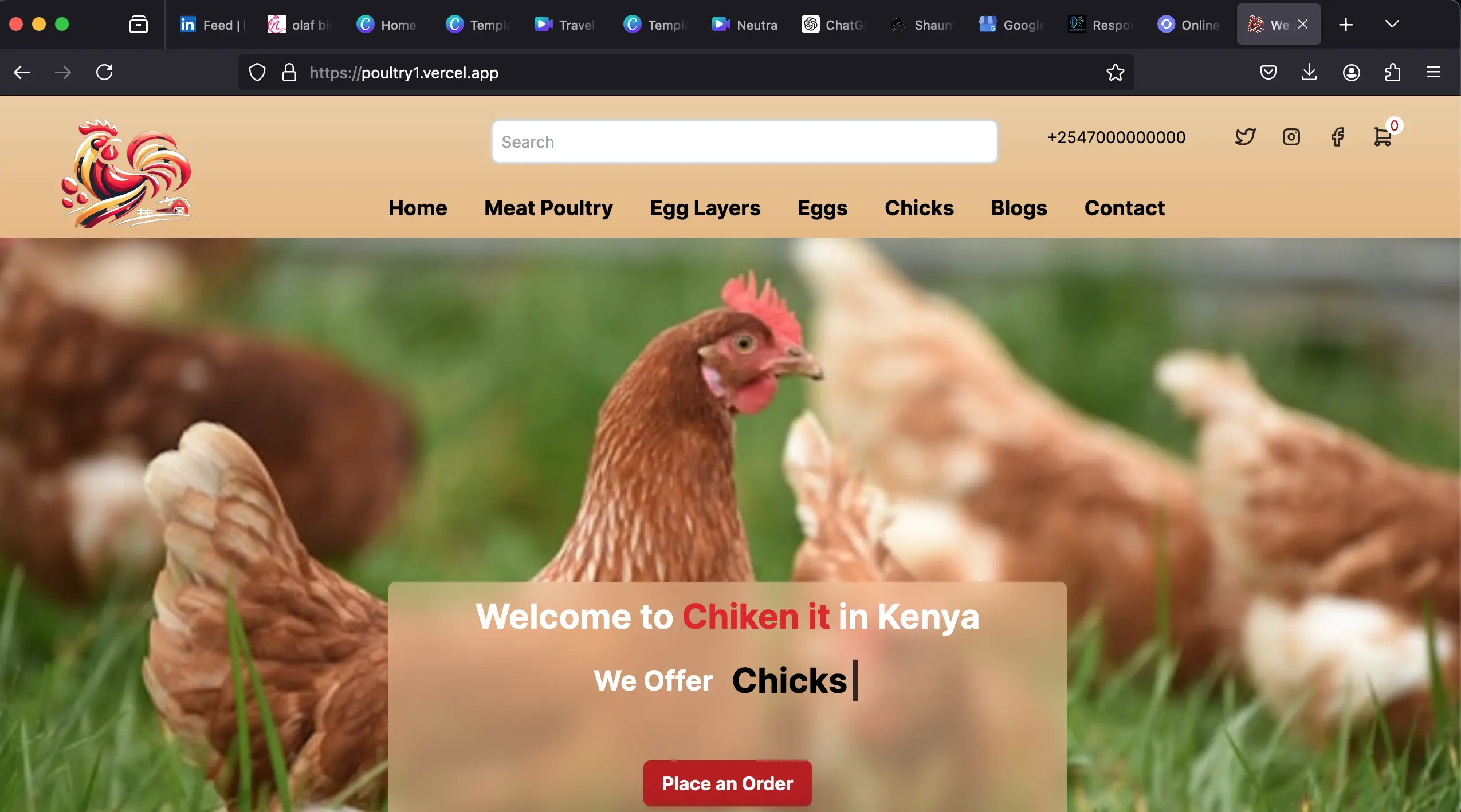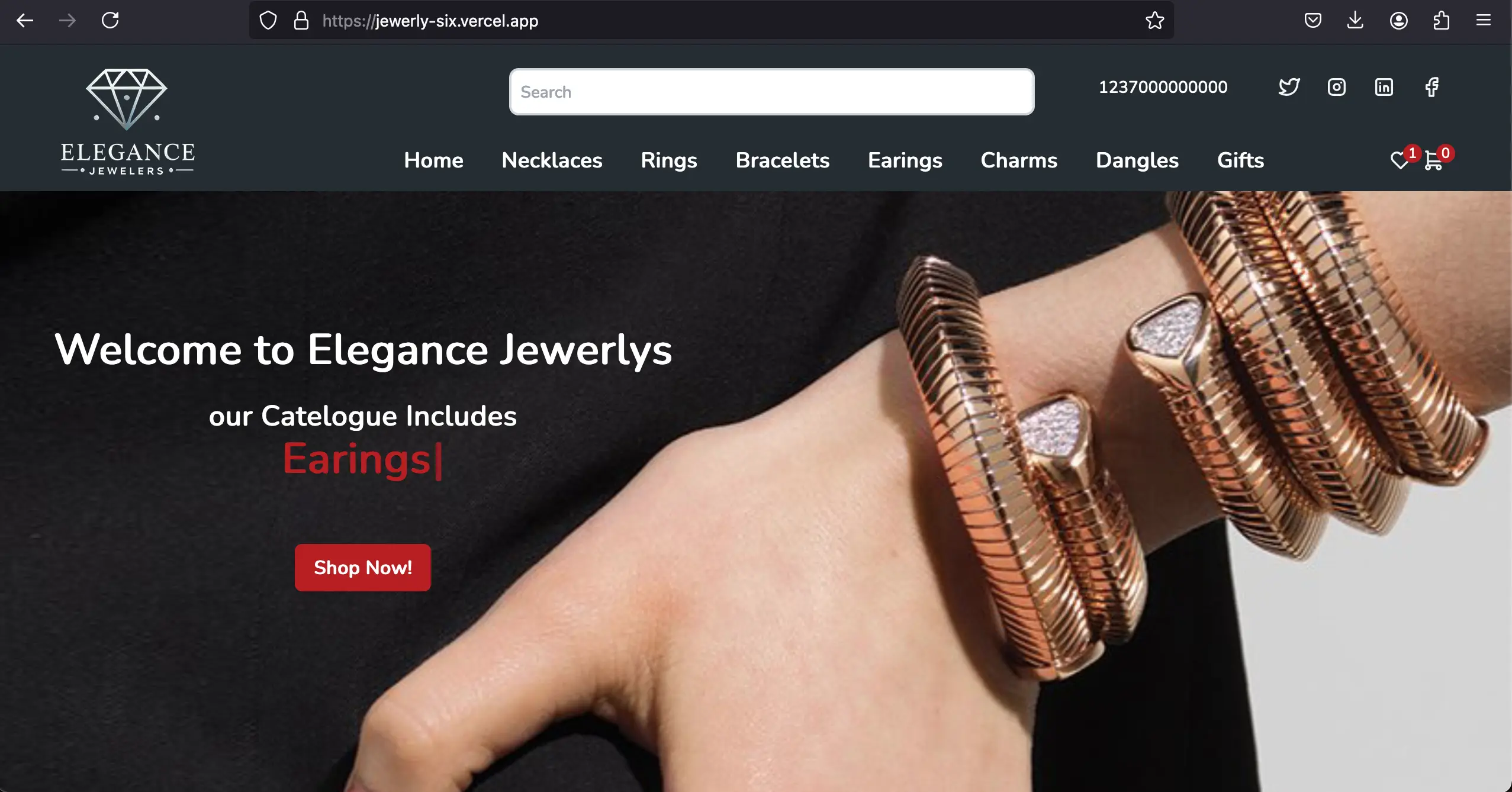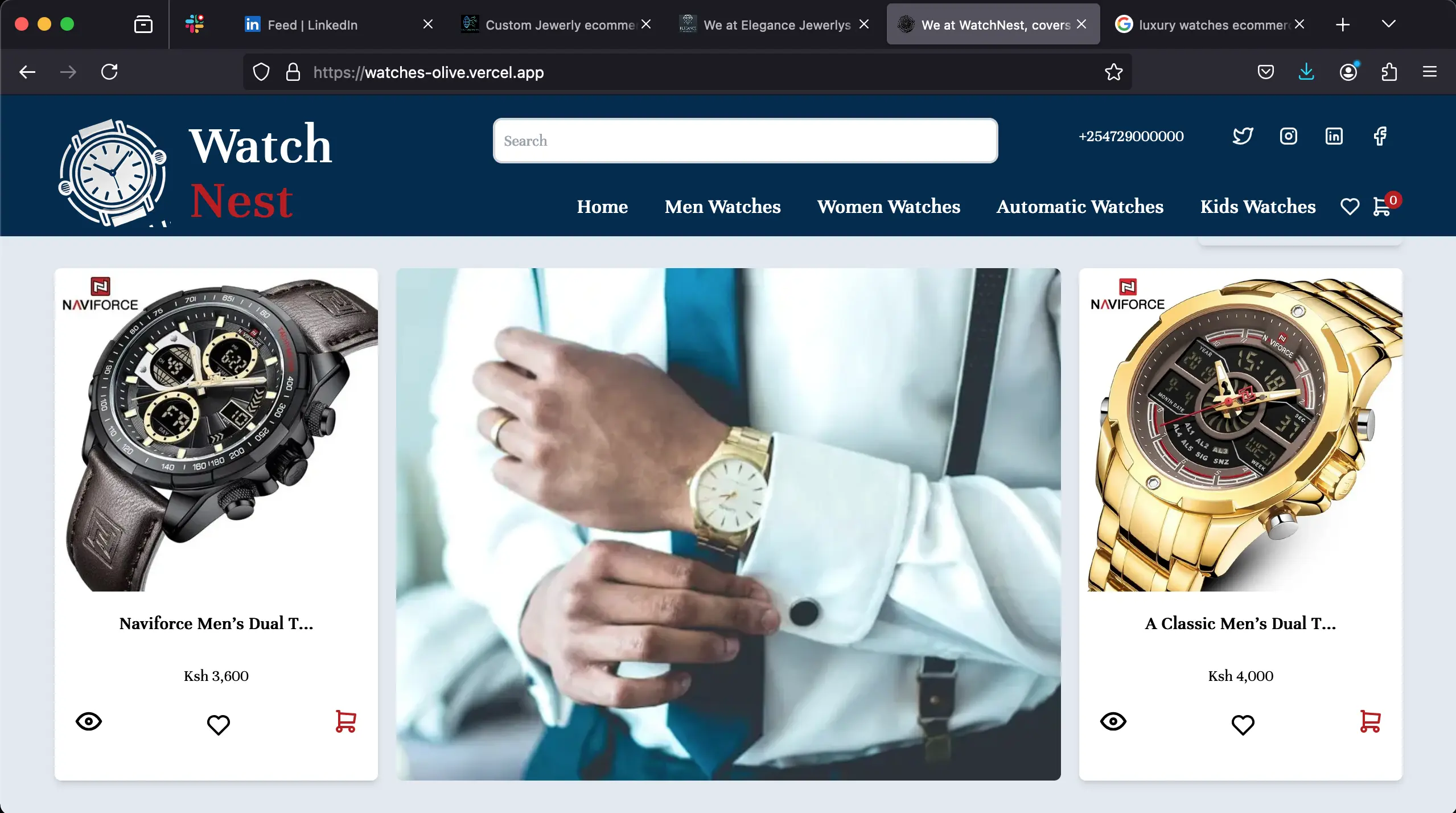
From Clicks to Customers: Mastering the Real SEO That Grows Your Online Store
So, you've got your online store up and running. You've tackled the basics: product descriptions are written, images are optimized (mostly!), and you've sprinkled some keywords around. Maybe you're even seeing some traffic trickle in. But something's missing. Those clicks aren't turning into customers as often as you'd like, and your sales figures aren't reflecting the effort you're putting in.
You're not alone. Many store owners hit this plateau. The basics get you in the game, but mastering e-commerce SEO beyond the basics is what transforms clicks into customers and turns your store into a thriving business.
This isn't about complex coding or chasing the latest algorithm hype. It's about deeply understanding your customer's journey and strategically aligning your store to be the perfect answer at every step. It's about intent, experience, and value – the true pillars of sustainable e-commerce growth.
Let's move beyond keywords and dive into the strategies that actually move the needle:
1. Think Like Your Customer: Understanding Search Intent at a Deeper Level
Forget just guessing keywords. What is your customer really trying to achieve when they type something into Google?
- Informational Intent: "How to choose the right running shoes for flat feet"
- Commercial Investigation Intent: "Best organic coffee beans 2024" or "Brand X vs Brand Y espresso machine"
- Transactional Intent: "Buy Nike Air Max size 10" or "Organic coffee beans free shipping"
The Advanced Shift: Go beyond transactional keywords. Create content that captures customers earlier in their journey.
- Create "Problem-Solving" Content: Write detailed guides, comparison articles ("Blender X vs Blender Y: Which is Right for Your Kitchen?"), or "How to Choose..." content that addresses informational and commercial investigation intents. This establishes your authority before they're ready to buy.
- Optimize Category Pages for Investigation: Don't just list products. Add introductory text explaining who this category is for, what problems it solves, and key considerations. Use comparison tables or filters effectively.
- Map Keywords to Intent: Analyze the keywords driving traffic to product pages. Are they transactional? If not, consider if the page truly matches the intent or if you need dedicated content elsewhere.
2. Product Page Powerhouse: Beyond the Basic Description
Your product pages are your digital salespeople. Basic SEO gets them visible; advanced SEO makes them convert.
- Unique, Compelling Descriptions: Ditch manufacturer copy. Write for your customer. Focus on benefits, not just features. How does this product solve their problem or improve their life? Use natural language incorporating keywords they would use.
- Structured Data (Schema Markup): This is the closest we get to "techy," but it's crucial. Implementing Product Schema tells search engines exactly what your page is about (price, availability, reviews, ratings, SKU). This often leads to eye-catching rich results in search (stars, prices, stock status), significantly boosting click-through rates. Many e-commerce platforms have plugins or built-in tools to handle this – explore yours!
- High-Quality Visuals & Video: Stunning, multiple images (different angles, in-use) are non-negotiable. Short videos demonstrating the product significantly increase trust and conversion. Optimize image filenames and alt text descriptively (e.g., blue-organic-cotton-t-shirt-front.jpg and alt="Front view of soft blue organic cotton t-shirt").
- Leverage User-Generated Content (UGC): Integrate customer reviews and photos prominently. This builds immense social proof. Encourage reviews by making it easy and perhaps offering a small incentive post-purchase.
- Address Objections Proactively: Use FAQs on the product page. What are common hesitations? Sizing concerns? Material questions? Answer them clearly before they become reasons to abandon cart.
3. Taming the Beast: Site Structure & Internal Linking for Seamless Journeys
A confusing website frustrates customers and search engines. A logical structure keeps everyone happy and moving towards purchase.
- Intuitive, Shallow Hierarchy: Aim for a structure where any product is reachable in 3-4 clicks max from the homepage. Clear categories and subcategories are key. Avoid overly complex nesting.
- Home > Women's > Clothing > Tops > T-Shirts
- Home > Kitchen > Appliances > Coffee Makers
- Strategic Internal Linking: This is how you guide both users and search engine crawlers through your site, spreading authority.
- Link relevant products together ("Customers also viewed," "Frequently bought together").
- Link from high-authority blog posts or guides to relevant category and product pages.
- Link from category pages to related guides or supporting content.
- Use descriptive anchor text (e.g., "Explore our range of ceramic coffee mugs" instead of "Click here").
- Siloing: Group related content and products tightly together through internal linking. This signals to search engines what topics you're an authority on (e.g., all "Coffee Brewing" content and products interlinked).
4. Content is King (and Queen): Building Authority & Capturing Long-Tail Gold
Blogs aren't just for lifestyle brands. Strategic content is a powerhouse for e-commerce SEO.
- Focus on Pain Points & Questions: What challenges does your target audience face that your products solve? Create comprehensive guides, tutorials, buying guides, and listicles that answer these. (e.g., "How to Create a Low-Maintenance Balcony Garden," "The Ultimate Guide to Choosing a Backpack for Hiking").
- Target Long-Tail Keywords: These are specific, often question-based phrases with lower search volume but much higher intent and less competition. They are gold mines for qualified traffic. Tools like Google's "People also ask" or AnswerThePublic can spark ideas.
- Optimize for Featured Snippets: Structure content to answer questions concisely (using headings, bullet points, numbered lists). Aim to be the source Google pulls that quick answer from (Position 0!).
- Repurpose & Promote: Turn a popular blog post into a video, an infographic, or a social media series. Promote your content where your audience hangs out.
5. Speed, Mobile, & Experience: The Non-Negotiables
Google prioritizes user experience. A slow, clunky, or non-mobile-friendly site will be punished, no matter how great your keywords are.
- Lightning-Fast Loading: Every second counts. Use tools like Google PageSpeed Insights or GTmetrix. Optimize images (compress without losing quality), leverage browser caching, minimize code, consider a Content Delivery Network (CDN). Talk to your hosting provider about performance.
- Mobile-First Mentality: Over half of all e-commerce traffic comes from mobile. Your site MUST be responsive and offer an exceptional experience on smartphones. Thumb-friendly buttons, easy navigation, fast loading – test rigorously on real devices.
- Core Web Vitals: These Google metrics (Largest Contentful Paint - LCP, First Input Delay - FID, Cumulative Layout Shift - CLS) measure real-world user experience (loading, interactivity, visual stability). Aim for "Good" scores. This is increasingly crucial for ranking.
6. Leveraging Reviews & Trust Signals
Online shoppers are skeptical. Building trust is paramount.
- Encourage & Showcase Reviews: Make leaving a review simple post-purchase. Display aggregate ratings prominently on product pages and in schema markup (star ratings in search results!).
- Respond to Reviews: Engage with both positive and negative reviews professionally and promptly. Show you care.
- Display Trust Badges: Security seals (SSL certificate - the padlock!), payment method logos, return policy badges, and guarantees build confidence at the crucial checkout stage.
The Mindset Shift: It's a Marathon, Not a Sprint
Mastering advanced e-commerce SEO isn't about quick fixes. It requires consistent effort, analysis, and adaptation.
- Track What Matters: Look beyond just "traffic." Focus on conversion rates, average order value (AOV), revenue by channel, and specific goal completations (newsletter signups, etc.). Use Google Analytics 4 (GA4) effectively.
- Analyze & Iterate: Regularly review your search performance (Google Search Console is essential). What pages are ranking? For what queries? Where are you getting impressions but no clicks? Where are clicks not converting? Use this data to refine your content, product pages, and strategy.
Be Patient & Persistent: SEO results take time, especially for competitive terms and advanced strategies. Stick with it. Consistent, high-quality effort compounds over time.
From Clicks to Loyal Customers
Moving beyond basic e-commerce SEO means shifting your focus from simply being found to being found by the right people, providing an exceptional experience, and building lasting trust. It's about creating a seamless journey from the moment someone has a problem or desire, through their research phase, right up to the confident click of the "Buy Now" button and beyond.
By mastering these deeper strategies – understanding intent, optimizing the customer experience on every page, building authority with great content, ensuring technical excellence, and fostering trust – you transform your online store from a mere digital shelf into a thriving destination that consistently turns clicks into loyal, profitable customers.
Stop leaving money on the table. Start implementing these beyond-basics strategies today, and watch your e-commerce business truly flourish.
Our Templates
The Turnkey Commerce Suite.
Our Trending blogs










Myrachanto
I help ecommerce businesses scale faster with tech-driven SEO and high-performance web development. With 5+ years of full-stack expertise, I specialize in:
Ecommerce SEO
Optimizing product pages, structured data, and site architecture to boost organic traffic.
Blazing-Fast Stores
Building with React.js, Next.js, Qwik.js, and Golang for speed and conversions.
I write about ecommerce growth—from technical SEO to conversion-focused development—so store owners and marketers can leverage tech for real results.





